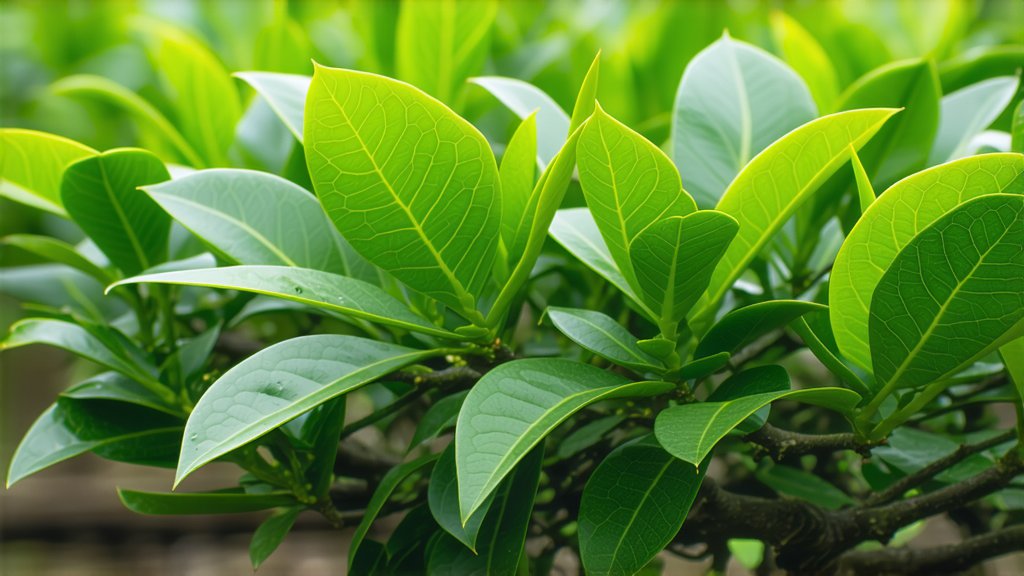
In the vast and diverse landscape of Chinese tea culture, few varieties captivate the senses and imagination quite like Junshan Yinzhen, a distinguished member of the elusive yellow tea family. This exquisite tea, hailing from the misty mountains of Hunan province, offers not just a beverage but an experience steeped in history, tradition, and meticulous craftsmanship. As we embark on this journey through the world of Junshan Yinzhen, prepare to uncover its secrets, from ancient origins to modern-day appreciation.
A Glimpse into History
The story of Junshan Yinzhen traces back over a millennium, with its roots deeply embedded in the cultural soil of China. Legend has it that during the Tang Dynasty (618-907 AD), a monk named Wei Duo discovered the unique processing method that would later define yellow tea. It was said that he accidentally allowed his green tea leaves to wilt overnight under a cloth, resulting in their transformation into a golden hue and a distinct flavor profile. This serendipitous discovery laid the foundation for what would become Junshan Yinzhen, named after the mountain where it is primarily grown – Junshan, or "Buddha's Mountain."
Varieties and Classification
Junshan Yinzhen stands out among other yellow teas due to its strict adherence to traditional cultivation practices and precise processing techniques. Unlike more common green or black teas, which undergo either minimal oxidation or complete fermentation, yellow tea occupies a unique middle ground. Its production involves a careful balance of steaming, wrapping, and slow drying processes, allowing for a controlled oxidation that imparts its characteristic yellow color and subtle, nuanced flavors.
There are two primary grades of Junshan Yinzhen: Tribute Grade and First Grade. The Tribute Grade represents the pinnacle of quality, consisting solely of young, tender buds plucked before they fully unfurl into leaves. These buds are then skillfully processed to preserve their delicate structure and enhance their inherent sweetness and aroma. First Grade, while still of exceptional quality, includes both buds and young leaves, offering a slightly more robust flavor profile compared to the ultra-fine Tribute Grade.
The Art of Craftsmanship
The making of Junshan Yinzhen is an art form that requires patience, precision, and a deep understanding of nature's rhythms. The process begins in early spring when the first shoots emerge from the dormant tea bushes. Only the finest buds are handpicked, often before dawn to ensure maximum freshness and nutritional value.
Next comes the critical step of fixation, where the freshly picked buds are briefly steamed to halt enzyme activity and prevent further oxidation. This initial heat treatment sets the stage for the subsequent stages of processing.
Following steaming, the buds undergo a unique process known as "sealing yellow" or "menhuang," where they are wrapped in bamboo mats and left to sweat for several hours. This controlled environment encourages a gentle oxidation, turning the green leaves a pale yellow and developing complex flavors.
Once sealed yellow, the buds are spread out to dry naturally under the sun or in specialized drying rooms. This slow drying process is crucial as it further refines the tea's aroma and taste, ensuring a smooth, mellow finish.
Finally, the dried leaves are sorted meticulously to remove any imperfections, leaving behind only the purest expression of Junshan Yinzhen. Each step in this intricate process contributes to the tea's distinctive character, making it a true testament to the artisan's skill and dedication.
Savoring the Essence of Junshan Yinzhen
To truly appreciate Junshan Yinzhen, one must engage in the ritual of tea tasting, an experience that transcends mere consumption and becomes a meditative practice. Here are some guidelines for an authentic tasting experience:
-
Preparation: Use water heated to around 80-85°C (175-185°F), slightly cooler than boiling, to preserve the delicate flavors of the tea. Rinse the teapot and cups with hot water to warm them up.
-
Infusion: Place approximately 3 grams (about half a teaspoon) of Junshan Yinzhen per 150ml of water in a preheated teapot. Pour the hot water gently over the leaves, allowing them to gradually unfurl and release their essence.
-
Steeping Time: The first infusion typically lasts between 1-2 minutes. For subsequent infusions, adjust the steeping time according to personal preference, generally increasing by 30 seconds to a minute with each brew.
-
Observation: As the tea steeps, observe the transformation of the dry yellow buds into a vibrant, golden liquor. Appreciate the clarity and brightness of the infusion, which reflects the purity and quality of the tea.
-
Aroma: Before taking your first sip, bring the cup close to your nose and inhale deeply. Note the subtle floral and fruity notes that waft up, reminiscent of fresh hay or apricots.
-
Tasting: Take small sips, allowing the tea to roll over your tongue and savor its complexity. Junshan Yinzhen is known for its gentle sweetness, mellow texture, and a lingering aftertaste that hints at honey and melon.
-
Multiple Infusions: One of the joys of Junshan Yinzhen is its ability to be infused multiple times without losing its charm. Each subsequent brew will reveal different facets of its flavor profile, providing a continuous journey of discovery.
Conclusion
Junshan Yinzhen is more than just a tea; it is a bridge connecting past and present, nature and nurture, tradition and innovation. From its humble beginnings on the slopes of Junshan Mountain to its status as a revered symbol of Chinese tea culture, every aspect of its production and enjoyment speaks volumes about the artistry and philosophy that underpin this golden elixir. As you raise your cup to savor this liquid treasure, allow yourself to be transported to the tranquil tea gardens of Hunan, where the whispers of history mingle with the scent of fresh tea leaves, creating an unforgettable sensory experience.